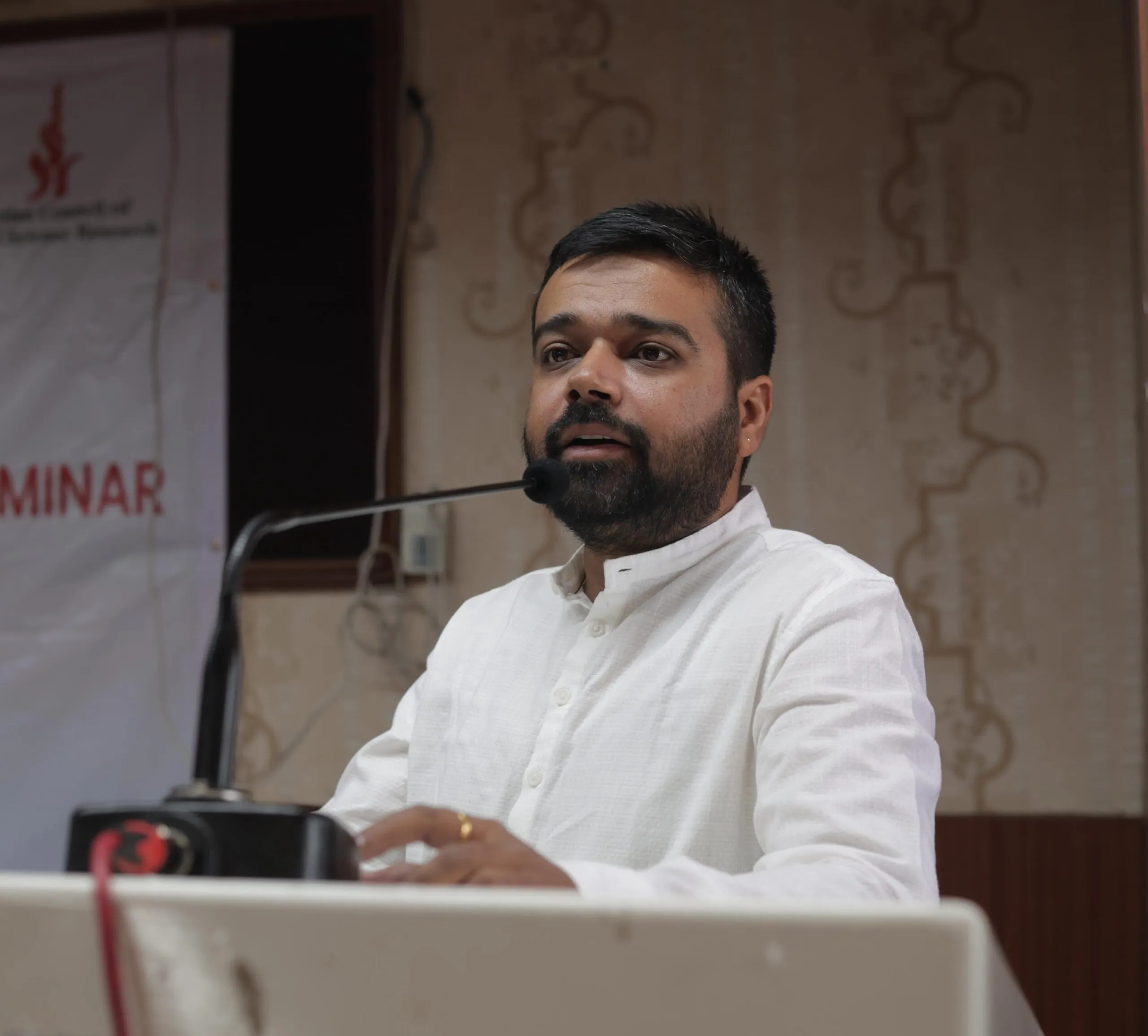
Operation Sindoor: Deconstructing India’s Strategic Response to Pakistan-Sponsored Terrorism
- May 09, 2025
- Reading Time : 6 mins read
The recent “Operation Sindoor” signifies a strong moment in India’s strategic response to the persistent threat of terrorism emanating from Pakistan. This operation, a direct and forceful retaliation, targeted terrorist infrastructure in Pakistan-occupied Kashmir, also within Pakistan’s Punjab province, marking a significant escalation in India’s willingness to project power across the border. The decisive nature of Operation Sindoor characterizes it as “a crushing reply” to Pakistan’s continued support for terrorism. This operation involved surgical precision, reaching beyond the contested territory of Pakistan-occupied Kashmir into the heart of Pakistan’s Punjab, effectively dismantling terrorist camps within what is considered sovereign Pakistani territory. The immediate aftermath of this operation has been met with widespread jubilation in India, seen as a long-awaited response to the persistent provocations, particularly the recent incident in Pahalgam, where civilians were targeted.
This Operation and its preceding surgical strikes (2016 and 2019) represent a fundamental shift in India’s strategic doctrine towards Pakistan. The Focus on Security and Counter-terrorism is one of the key tenets of the ‘Modi Doctrine in Foreign Policy.’ Under Prime Minister Narendra Modi’s leadership, India conducted precision airstrikes on terrorist camps in Pakistan, demonstrating a shift from defensive to offensive counter-terrorism measures. The question posed is whether these operations have become the primary tool for ensuring strategic deterrence against Pakistan’s state-sponsored terrorism. India now views surgical operations characterized as non-escalatory as the sole recourse in response to any future terrorist attacks originating from Pakistani soil. The article delves into the historical trajectory of India-Pakistan conflicts to contextualize the current strategic posture. The wars of 1947-48, 1965, and 1971 are highlighted as conventional military engagements where Pakistan suffered decisive defeats. These conventional losses led to a strategic recalibration within Pakistan. Recognizing its inability to compete with India on a conventional military footing, Pakistan adopted a strategy of asymmetric warfare, primarily through the sponsorship of terrorism. A crucial turning point in this strategic calculus was India’s nuclear test in 1974, termed a “peaceful nuclear explosion.” This development underscored Pakistan’s conventional inferiority and further solidified its resolve to acquire nuclear capabilities as a deterrent. The period between 1975 and 1995 witnessed Pakistan’s clandestine efforts to develop nuclear weapons, culminating in its successful tests in 1998, shortly after India’s second round of tests.
The nuclearization of the subcontinent ushered in a new era of strategic interaction. Pakistan, emboldened by its nuclear arsenal, attempted to exploit this new reality during the 1999 Kargil conflict. Pakistan’s incursion into the Kargil was predicated on the assumption that India, constrained by the nuclear overhang, would be hesitant to mount a strong military response. However, India’s resolute counter-offensive, successfully evicting Pakistani forces despite the nuclear backdrop, served as a significant lesson for Pakistan that its nuclear weapons did not provide immunity from conventional retaliation. Following the Kargil debacle, Pakistan shifted its tactics further towards terrorism, exemplified by the 2001 attack on the Indian Parliament. This act of terror was a calculated attempt to test India’s response in a nuclearized environment. Pakistan sought to ascertain whether India would risk a conventional military retaliation, which could potentially escalate to a nuclear exchange, given India’s stated “no first use” nuclear doctrine. India’s response to the Parliament attacks, while including Operation Parakram, did not involve a direct military reprisal against Pakistan itself, which inadvertently emboldened Pakistan to believe its nuclear arsenal provided a shield for its terrorist activities. The period between 2002 and 2014 witnessed a sustained campaign of terror against India, including the 26/11 Mumbai attacks in 2008 and attacks on Amarnath pilgrims in 2009. Throughout this period, India’s perceived restraint, often attributed to the fear of nuclear escalation, fostered a sense of impunity within Pakistan.
However, the strategic landscape began to shift after 2014. A reassessment of India’s approach led to the articulation of a more assertive doctrine, one that rejected the perceived passivity of the past. The objective became to deliver a decisive response to any act of terror, ensuring that Pakistan would face tangible consequences for its actions. The challenge lay in devising a retaliatory strategy that would inflict significant damage without triggering a nuclear escalation. The 2016 surgical strikes following the Uri attack marked a strategic experiment in this new approach. India’s special forces crossed the Line of Control into Pakistan-occupied Kashmir, targeting and destroying terrorist launchpads. This operation served multiple purposes. Firstly, it delivered a direct blow to terrorist infrastructure. Secondly, it tested Pakistan’s reaction to such a cross-border incursion. Crucially, India framed the operation in a way that created a “deniability game” for Pakistan. India placed Pakistan in a difficult situation by attacking terrorist camps in areas it considers its own land that is illegally occupied by Pakistan. Acknowledging the strikes would implicitly admit the presence of terrorist launchpads on its soil, while denying them would contradict India’s public assertion of the operation’s success. The 2019 Balakot airstrikes following the Pulwama attack represented a further evolution of this strategy. This time, India ventured deeper into Pakistan’s territory, targeting a terrorist training camp in the Khyber Pakhtunkhwa province. This demonstrated India’s willingness and capability to strike terrorist targets anywhere within Pakistan, not just in the disputed territories. Similar to the 2016 strikes, Pakistan denied the extent of the damage, but India’s message was clear that its operational space for retaliation was no longer limited. Operation Sindoor, in the wake of the Pahalgam attacks, builds upon this evolving strategic framework, highlighting two key aspects of this operation. Firstly, it aimed to deliver justice for both the civilian and terrorist casualties of the Pahalgam incident, suggesting a more comprehensive targeting approach. Secondly, it extended the operational reach even further into Pakistan’s heartland, specifically mentioning the illegal occupation of Punjab. This signifies a clear message that no part of Pakistan providing sanctuary to terrorists is beyond India’s reach. Operation has solidified two crucial understandings for India. Firstly, the principle of differentiated retaliation means responding to attacks on civilians and terrorists accordingly, and secondly, the acceptance that terrorist infrastructure anywhere in Pakistan is a legitimate target.
However, it is suggested that India needs to adopt a more proactive and aggressive strategic posture. The more contentious proposal is a fundamental shift in India’s nuclear doctrine from “no first use” to “first use.” The researcher acknowledges the potential international backlash, particularly from Western nations, but argues that such concerns should be secondary to India’s strategic imperatives, as the West’s dependence on India outweighs India’s dependence on them. Furthermore, a “first use” doctrine would force Pakistan to maintain a state of permanent nuclear readiness, incurring significant economic costs and potentially fuelling public discontent against the military establishment. The potential counter-argument is that a shift in nuclear doctrine could lead to Chinese intervention in Pakistan, positing that such an intervention, where China might offer to underwrite Pakistan’s nuclear readiness, could be strategically advantageous for India. It would expose China’s role in nuclear proliferation, damaging its global image and potentially diverting Western attention from India’s doctrinal shift. It is believed that China’s internal challenges and global ambitions would ultimately limit its willingness to provide unconditional support to Pakistan.
Conclusion - In conclusion, India should adopt a multi-pronged approach that combines assertive retaliatory actions like Operation Sindoor with proactive measures and a revision of India’s nuclear doctrine. These steps are necessary to fundamentally alter Pakistan’s strategic calculus, deter its support for terrorism, and ultimately contribute to its internal destabilization, potentially leading to a scenario where the Pakistani masses hold its military accountable.

Dr Rohil is an accomplished academic and researcher, holding a Ph.D. in Political Science from Panjab University, Chandigarh, and bring over five years of experience in teaching, research, and academic administration. Read more
Social Scholars is an online magazine featuring premium articles and posts in English and Hindi, focusing on social issues and news briefs. Share your perspectives and be part of an informed dialogue.
📩 Send your articles to:[email protected]
Leave a Comment
Categories
All
Books
Environment
Health
Bharat
History
Politics
Economy
Society
Science & Technology
Policy
World
News & Opinion
IKS
Defence
Panjab
Special Report



